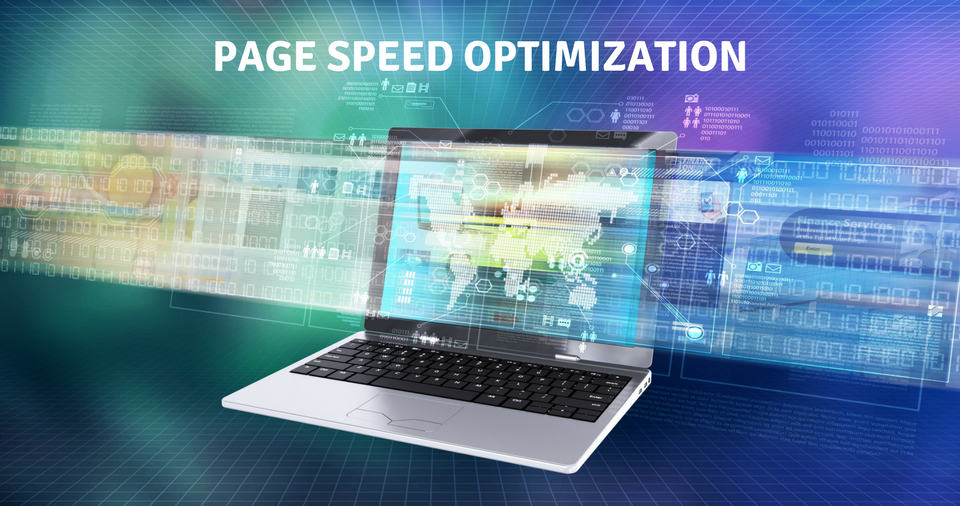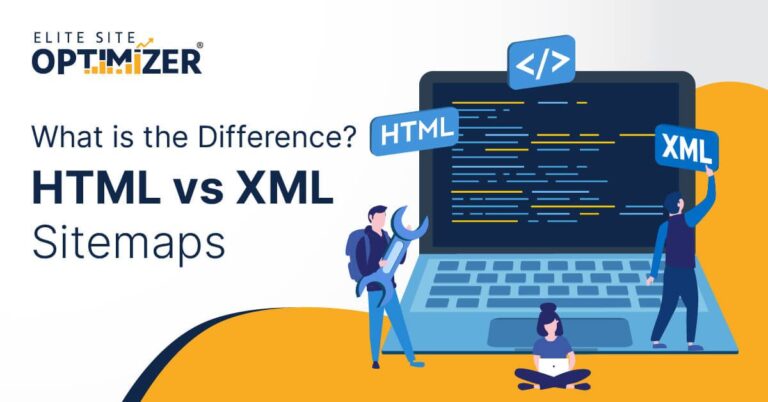As rightly said “The first impression is the best impression”
Visitors browsing through your website would never wish to come back or stay back if they find a lag in the page speed. Any kind of delay would only shoo away prospective customers thereby hitting hard on the total revenue cycle. Again, a poor page speed would also severely impact the ranking of your web page on Google.
The importance of Page Speed for a Good website:
The complete navigation of your web page is quintessential to leave a mark on your customers. It is highly required to deeply connect with your target audience and build a positive rapport. Your marketing strategists take all the required initiatives to hunt for customers through appropriate social media mediums and networking platforms. How would it be if they land in your web page only to find a slow and dragging website? Wouldn’t all your efforts go into the drain at a snap? Such is the importance of page speed. A web page with good page speed always has a positive impression on your audience and adds value to the whole idea.

Page Speed Optimization
What Speed does an Average User Expects?
A Recent survey has proved that the bounce rate could increase by 32% for your web page if the page load time shoots up from 1s to 3s. The bounce rate could touch a whopping 90% when the page speed increases from 1s to 5s. Again, the bounce rate reaches 123% when the page speed is 10s. Based on this the ideal page speed has been calculated to be less than 1s.

Website Optimization
Source: Akamai
Quick fixes to overcome Low Page Speed:
Utilize a CDN: Always host static files on CDN
Minimize your code: Unnecessary whitespaces in HTML, JavaScript and CSS can slow down your web page. Removal of these can help you serve the purpose and save up to 5-10% file size.
Image dimensions: Minimize your image sizes wherever possible. This could help improve page speed by 4%
Consider your web hosting: Choose the right type of host for your web page.
Remove unneeded code: Make sure to delete any type of unwanted images and add-ons which eats up your web space.
Keep an eye on your redirects: Appropriately make changes on link redirects. Take care of broken links and treat them, if any.
WordPress plugins: Implementation of caching plugins helps a lot. This way pages on demand are not recomputed every time.
Use a caching plugin: It is highly recommended to use caching plugins. These code runs periodically, and saved as a static file so that next time someone views the same page it doesn’t have to be recomputed.
Premium DNS provider: Choice of a premium DNS server also is pivotal. Consider choosing a server which quickly translates your domain name into IP address across the globe.
Wrap Up:
Though these tips to take charge of your page speed may seem to be strenuous, the Elite Site optimizer helps you have an end-to-end hold on the complete process. The next-gen features of ESO site audit automates and stringently scans through every minute performance mechanism on the web page and ensures that you are informed about any possible bottlenecks well in advance. To add-on ESO also recommends changes to be done for obtaining the desired exemplary outcomes on a regular basis.







